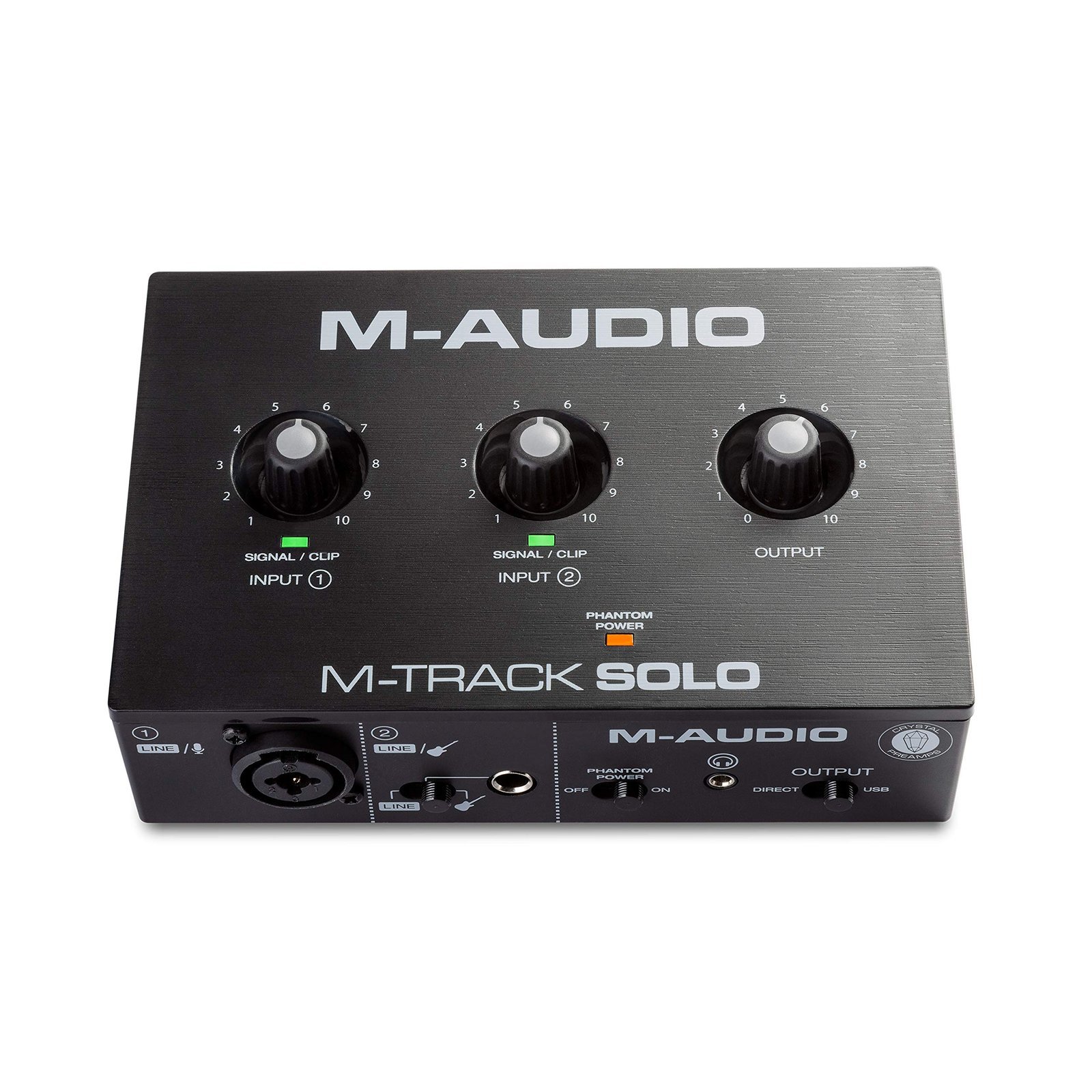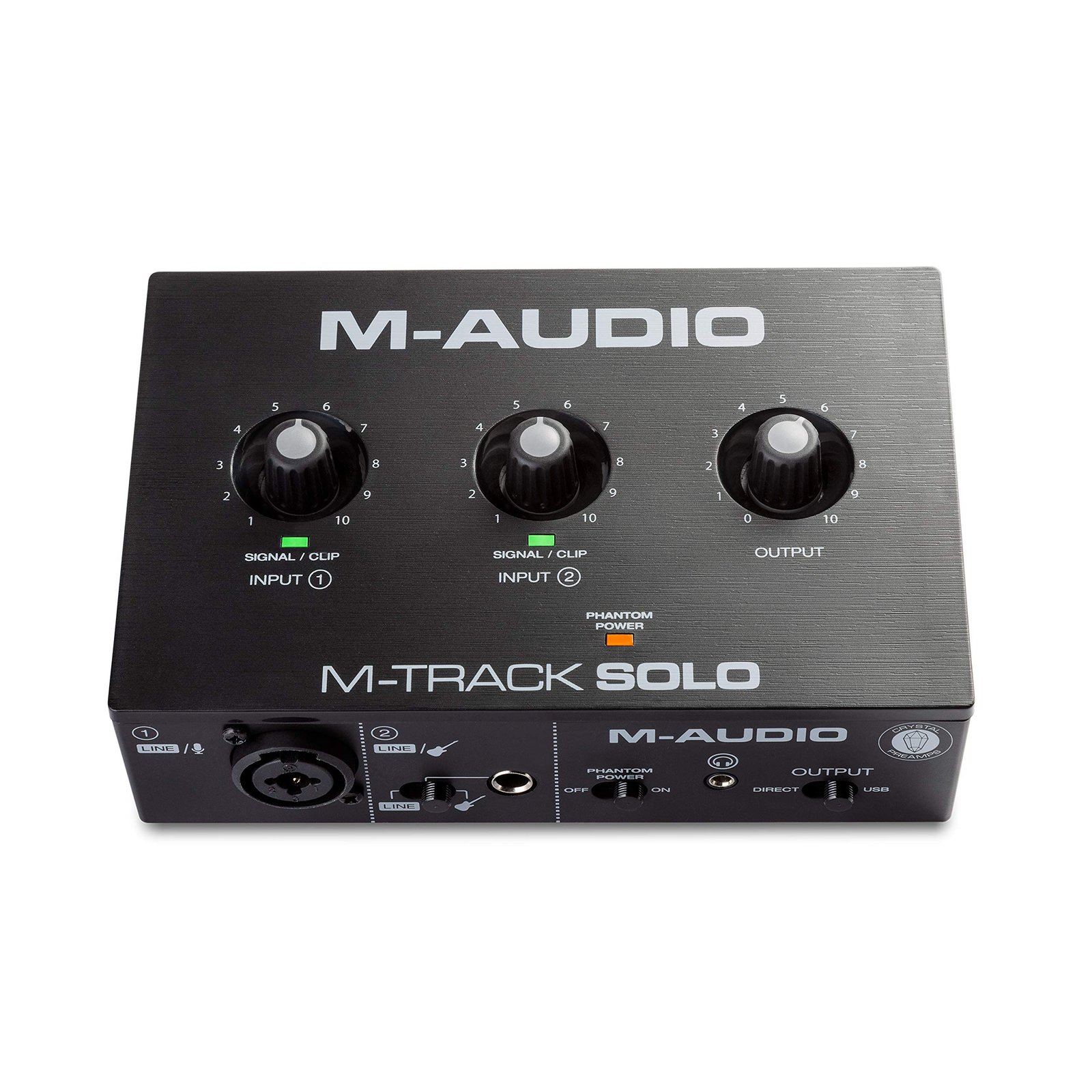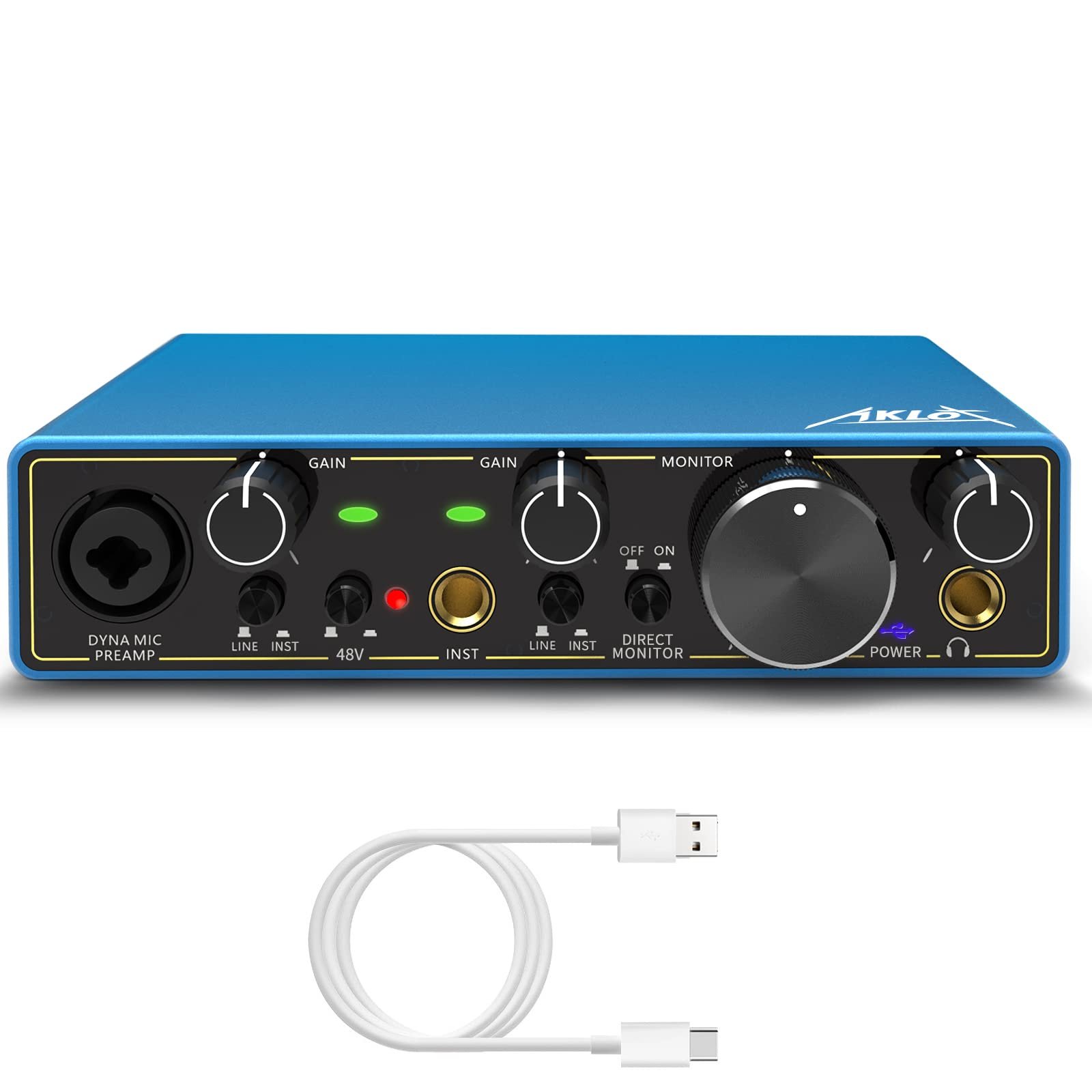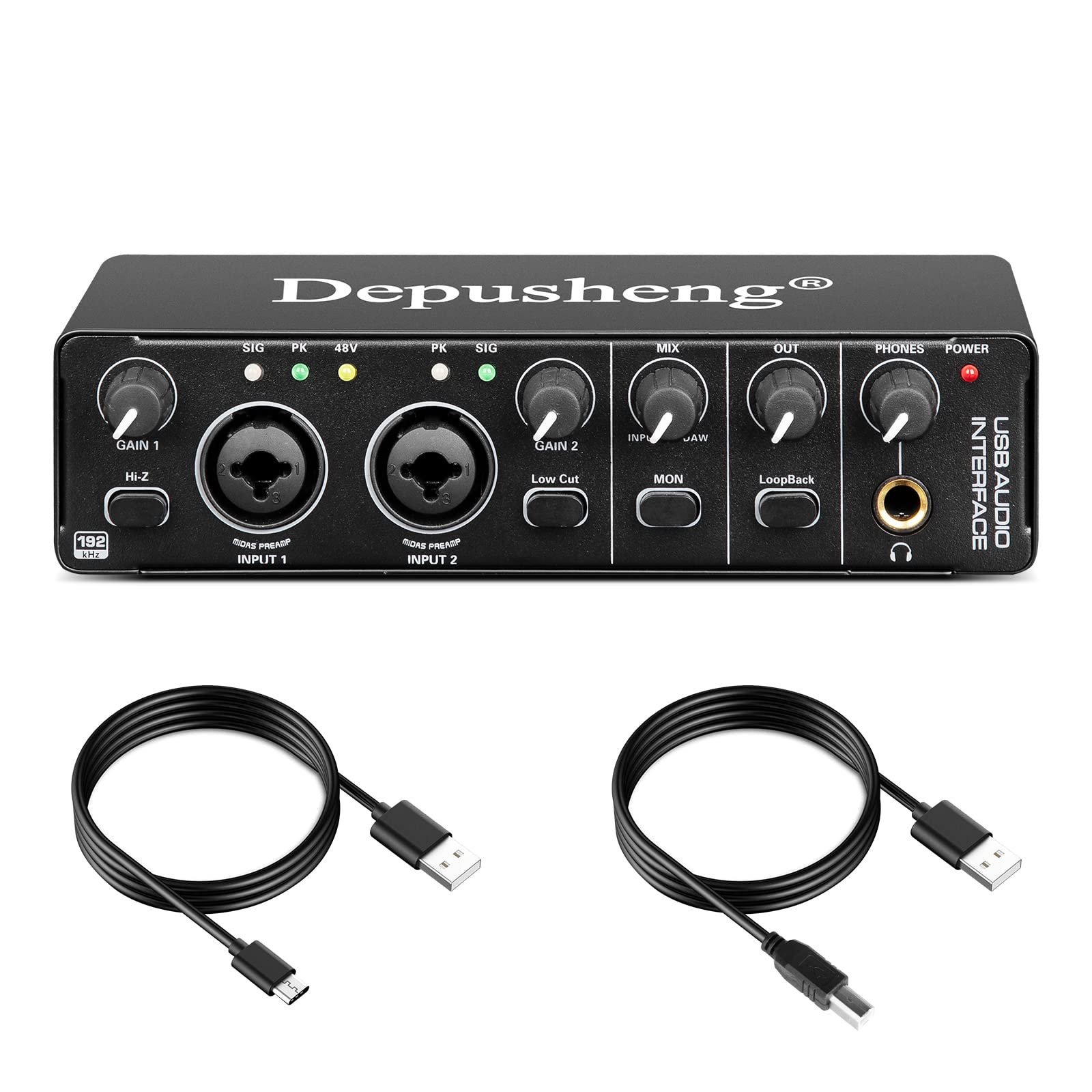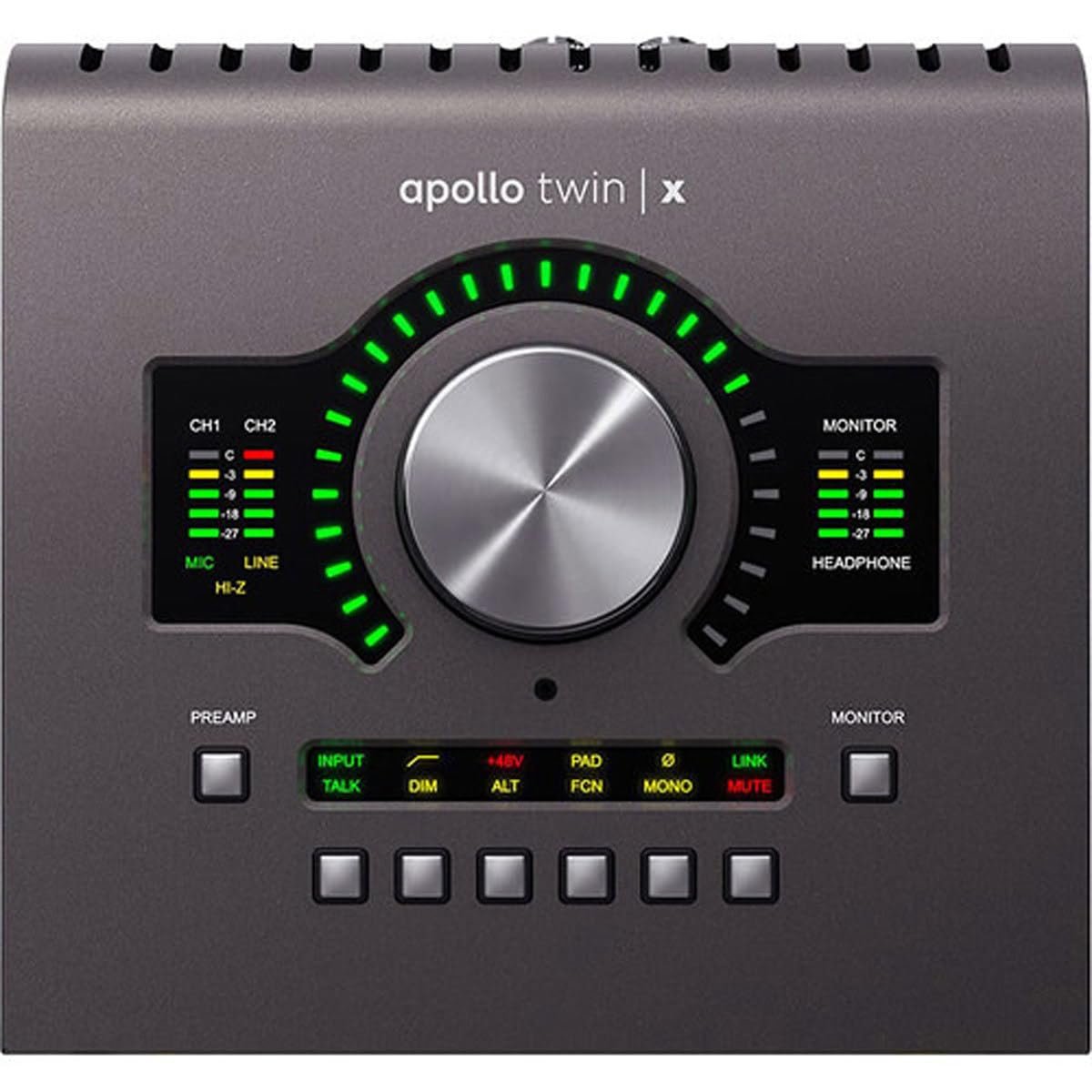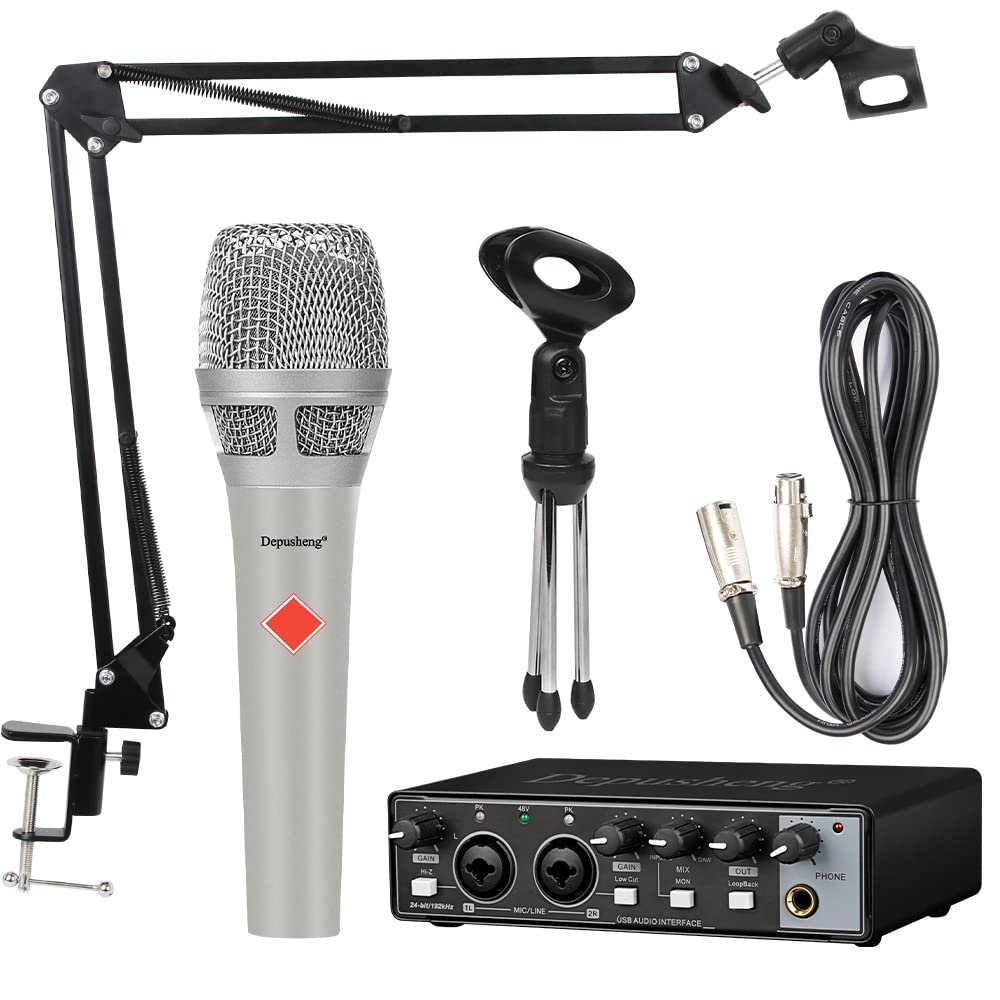When you’re diving into DJ equipment, you’ll encounter the audio interface, specifically designed for scratching and mixing.
These devices are crucial in connecting your turntable or media player to a digital audio workstation on your computer.
A scratch audio interface helps bridge the gap between analog and digital sound, allowing DJs to manipulate tracks smoothly and creatively.
Scratch audio interfaces are built to handle the high demands of live performances.
They ensure low latency, which means there’s minimal delay between your turntable and the output sound, crucial for maintaining rhythm and timing.
You’ll want an interface that supports multiple input and output options, making it versatile for various DJ setups and styles.
When purchasing a scratch audio interface, focus on compatibility with your existing gear.
Pay attention to factors like connectivity options, software compatibility, and durability.
Features like robust, low-latency performance, supported formats, and build quality can make a big difference in your experience.
Understanding these elements will point you toward the right device to enhance your DJ setup.
Top Scratch Audio Interfaces
You’re on the hunt for the best scratch audio interfaces to take your sound mixing game to the next level.
To help you out, we’ve rounded up some top picks that deliver great performance and reliability.
Check out our list below to find the perfect fit for your audio needs.
M-Audio M-Track Solo
This is a must-buy for those who need a versatile and portable audio interface at an affordable price.
- Offers zero-latency monitoring for seamless recording.
- Compact and USB-powered, making it easy to take anywhere.
- Compatible with both Mac and PC for flexible use.
- Limited to one XLR input, which might restrict multi-mic setups.
- Lacks the most advanced preamps available.
- Build quality might feel light to some users.
When you’re on the hunt for an audio interface that’s easy to carry and simple to set up, the M-Audio M-Track Solo ticks the right boxes.
It’s a handy choice for podcasters, musicians, and streamers wanting good audio quality without breaking the bank.
Thanks to its USB power, you won’t be tethered to a wall outlet, enhancing its portability.
The M-Track Solo is a great piece of equipment if you’re looking to record on-the-go.
You can easily connect mics and instruments, and it handles everything from live streaming to studio recording with grace.
Its compact design means you can slip it into a bag for quick setup wherever opportunity strikes.
You might find the features a bit limited if you’re aiming for complex recordings with multiple mics.
That said, if you’re after an easy-to-use, reliable interface that gets the job done without unnecessary extras, this could be just what you need.
AKLOT USB Audio Interface
If you’re searching for a budget-friendly audio interface that doesn’t sacrifice sound quality, the AKLOT USB Audio Interface might be what you need.
- High-quality preamps enhance vocal clarity.
- Supports studio-level recording up to 24-bit/192kHz.
- Low-noise balanced outputs deliver clean audio playback.
- Some users report issues with USB connectivity.
- Not compatible with all devices like iPads out-of-the-box.
- Replacement cables might be necessary for optimal use.
This AKLOT audio interface offers impressive sound clarity, thanks to its high-headroom preamps.
It works well for capturing the nuances and finer details in your recordings.
The convenience of the instrument/line input switch means you can connect different instruments without hassle.
On the downside, certain connectivity issues have been noted.
Some users find the USB connection unstable, which might require extra cables or care in handling.
Additionally, compatibility with non-PC devices can be limited, so ensure your setup aligns with its capabilities.
For those who prioritize sound quality without breaking the bank, this audio interface represents an attractive option.
It’s a fit for budding musicians, vocalists, and more, providing the essential features needed for quality recordings.
Keep these aspects in mind, and you’ll be prepared to make an informed choice.
Depusheng RX2 Audio Interface
If you’re after a capable, portable recording solution for your home studio, the Depusheng RX2 might just fit the bill.
- High-quality sound with low latency
- Durable all-metal construction
- Easy setup with plug-and-play functionality
- Limited to two input channels
- May not support more advanced recording needs
- Some users report USB connectivity issues
The Depusheng RX2’s 24-bit/192 kHz sampling rate offers detailed sound for your recordings, whether you’re plugging in a guitar or using a condenser mic with its 48V phantom power.
You don’t need to fuss over complicated setups, thanks to its plug-and-play nature on both Mac OS and Windows.
Its small size and robust design make it an ideal companion for those who need a mobile recording solution.
You’ll appreciate the independent volume controls and the flexibility in connection options, including both USB and Type-C power choices.
While it’s a solid choice for beginners or casual users, if your needs are more advanced, you might hit some limitations with its input options.
However, it remains a versatile piece for podcasting, streaming, and basic projects.
Universal Audio Apollo Twin X DUO Heritage Edition
A fantastic choice for anyone seeking professional audio quality and a robust software package.
- Excellent audio quality with elite A/D and D/A conversion
- Impressive plug-in suite included
- Compatible with major DAWs and LUNA Recording System
- Mac exclusive LUNA integration
- Pricey for beginner budgets
- Potential compatibility issues with Windows
Dive into the world of professional audio with the Universal Audio Apollo Twin X DUO Heritage Edition.
This interface stands out thanks to its superior analog-to-digital conversion and the distinctive Unison-enabled mic preamps, giving you the feel of classic gear in a modern package.
The inclusion of a premium plug-in bundle further sets this product apart, offering a versatile toolkit for audio production.
Not only do you get vintage compressors and EQs, but real-time processing through UAD DUO Core ensures seamless tracking with practically no latency.
It’s important to note that the LUNA Integration is only available for Mac users, which might be a drawback if you’re on a different system.
Additionally, while the price reflects the quality, it might not align with a beginner’s budget.
Despite these considerations, if you’re looking for top-tier sound with an expansive software suite, this is a compelling option.
Depusheng Audio Interface
Great for capturing pristine audio for budding podcasters and musicians on a budget.
- Easy to set up and use, even for beginners.
- Portable design suitable for on-the-go recording.
- Offers direct, delay-free monitoring.
- Some components feel less durable.
- Power supply options can be a bit complex.
- Limited feature set for advanced users
This Depusheng Audio Interface is designed with convenience in mind.
Its plug-and-play functionality makes it great for those who want a simple way to record high-quality audio.
Especially useful for capturing vocals and instruments, it ensures clarity in your recordings.
Portability is a big plus; you can easily take it with you wherever inspiration strikes, whether you’re traveling or setting up in a different location.
This makes it a handy tool for performers who frequently move their recording setups.
While it’s user-friendly, more advanced users might find its feature set a bit basic.
For beginners, it’s a solid choice, but those seeking more robust functionalities might need additional gear.
Buying Guide
Figuring out the right scratch audio interface can feel like a task, but keeping a few things in mind can help you make a good choice.
Key Features
- Inputs and Outputs: Look at the number of inputs and outputs you might need.
- Compatibility: Ensure it works with your device and software setup.
- Audio Quality: Check the sample rate and bit depth.
Connectivity
When shopping, consider how you’ll connect it to your equipment.
Common options might include USB, Thunderbolt, or MIDI.
Size and Portability
Think about where you’ll often use your interface.
If you plan to carry it around, a smaller size could be important.
Price and Budget
Settle on a budget before diving into the choices.
Prices can vary, so know what you’re comfortable spending.
User Reviews
Reading reviews can be a great way to understand others’ experiences with the product.
It can offer insights into any common issues or standout features.
Build Quality
Consider the materials and overall build.
A solidly built device might be better if it’s likely to travel often.
Use these points to guide your decision, and you’ll be set to find the best scratch audio interface for your needs!
Frequently Asked Questions
Choosing the right scratch audio interface involves considering factors like compatibility, features, and budget.
This section addresses some common questions that beginners and even seasoned DJs might have.
What are the best scratch audio interfaces for beginners?
For beginners, models like the Focusrite Scarlett series are often recommended due to their user-friendly setup and solid sound quality.
Other brands like Behringer and PreSonus also offer reliable options that won’t break the bank.
What features should I look for in a scratch audio interface?
Look for low latency, high-quality preamps, and multiple input/output options.
USB connectivity is essential for most setups.
Built-in scratch support can also be a significant advantage for DJs.
Where can I find reliable reviews for scratch audio interfaces?
Online platforms like Sweetwater, Amazon, and Musician’s Friend are great places to start.
YouTube channels dedicated to DJ gear reviews can also provide in-depth insights and demonstrations of various models.
Can I use a DJ audio interface with software like Traktor?
Many DJ audio interfaces are compatible with Traktor and other popular DJ software.
Check the manufacturer’s specifications to ensure compatibility.
Software forums and community boards can also be helpful in verifying user experiences.
How do I know if an audio interface is compatible with my setup?
Check your computer’s operating system requirements against the audio interface’s specifications.
Make sure the interface supports your software and the connections your equipment requires.
Testing in a local store can also help confirm compatibility.
What’s the price range for a decent scratch audio interface?
You can find quality scratch audio interfaces ranging from $100 to $500.
Lower-end models are often sufficient for beginners, while professionals might prefer investing in higher-end models for better performance and reliability.

